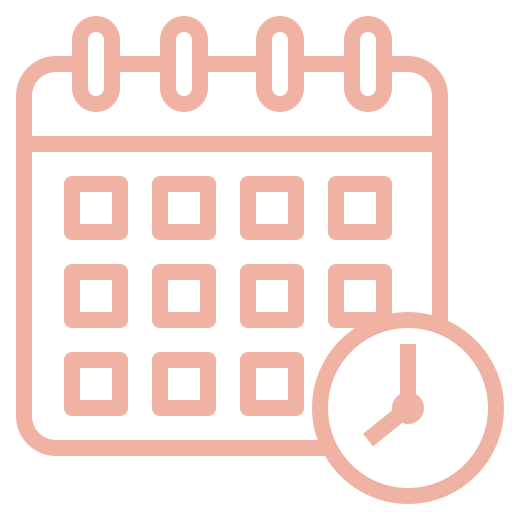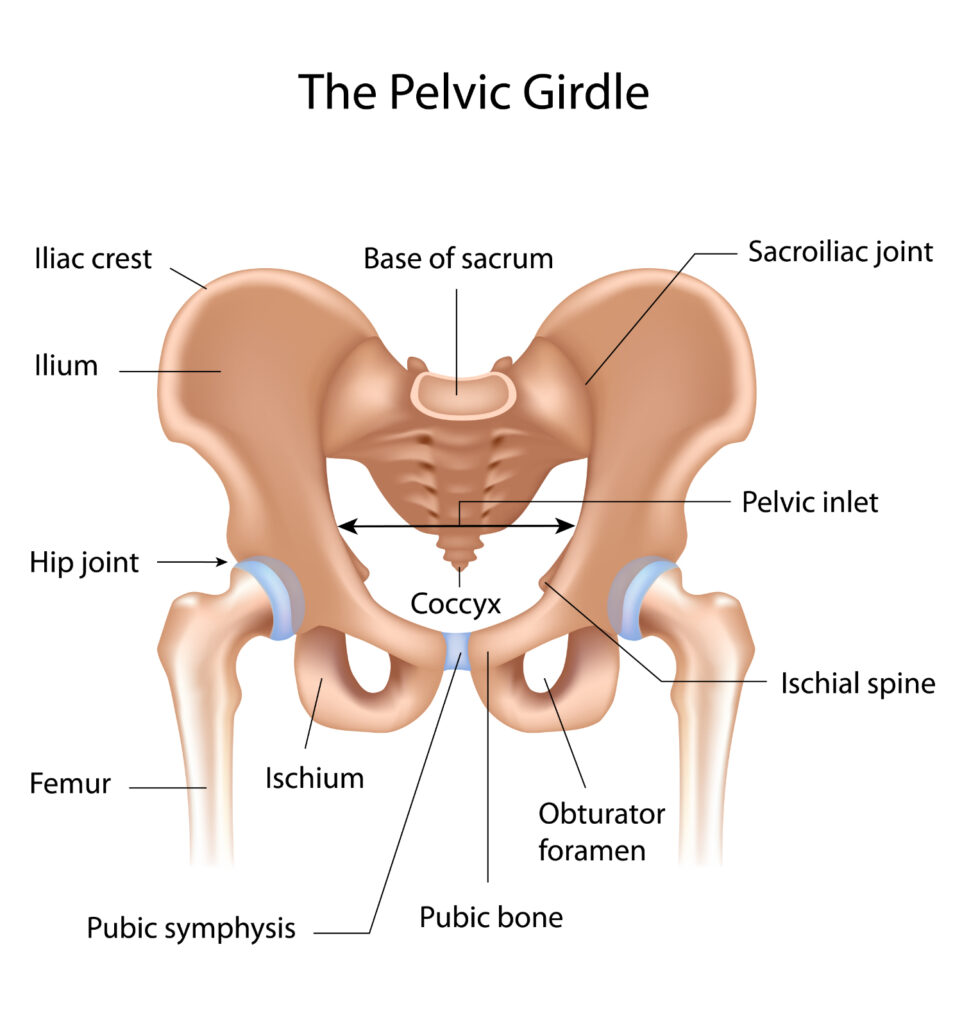Pelvic Girdle Pain
Pelvic Girdle Pain
The pelvic girdle is a ring of bones that protects the organs of the abdomen and pelvis, including the female reproductive organs and bowel and bladder.
It connects to the lower spine, at the sacrum and coccyx, to the pelvic bones of the ilium and ischium and at the front at the pubic symphysis.
The bones are secured by many strong ligaments and muscles including the pelvic floor, abdominal muscles, gluteal muscles, hip flexors and lower back muscles.
Pain in the pelvis is very common during and sometimes after pregnancy but it can cause lower back and leg pain at any stage in life. Pain is often one sided, around the dimple area but it can swap from side to side. This area is called the sacroiliac joint (SIJ) and can be diagnosed as SIJ dysfunction or sacroiliitis. Pain can also be experienced around the outer hip, pubic bone, upper leg and groin area too. Pain in the pubic bone is called pubic symphysis dysfunction (PSD).
The main difference between lower back pain caused by pelvis dysfunction is pain during walking, standing on one leg and getting up from a seat and also turning in bed. Lower back pain caused by the spine is more commonly aggravated when in sitting positions, bending over to touch the toes but also turning in bed.
Pelvic girdle pain can also be linked to stiffness in the upper back/rib cage and problems with muscle activity in the surrounding abs, glutes (buttocks), diaphragm (breathing muscle) and pelvic floor. Some muscles may be weak but other may be working too hard, to compensate for the weak ones. This can cause some muscles to feel tight and sore to touch.
Balanced core/deep system muscle strength and joint movement/flexibility is important for the pelvis to manage weight bearing tasks and support good posture – which can also help relieve pain in the neck and back.
You can test if your pelvis is the source of your pain by trying the movements in this video.

Book A Consultation
You can book a Physiotherapy consultation with us today – at a time and date that suits your schedule. Click below to begin.


